Optimal Timing for Concrete Repairs
Concrete repairs are most effective when performed under optimal weather conditions. Temperature, humidity, and precipitation significantly influence the curing process and the longevity of repairs. Timing repairs during suitable periods can prevent further damage and ensure durability.
Spring offers moderate temperatures and lower humidity levels, making it ideal for concrete repairs. It reduces the risk of cracking caused by rapid temperature fluctuations.
Perform repairs during early summer mornings to avoid high temperatures and quick evaporation, which can compromise curing.
Fall provides cooler, stable weather conditions, suitable for repairs before winter sets in.
Cold temperatures hinder proper curing and can lead to cracking. Repairs are generally discouraged during winter unless heated enclosures are used.
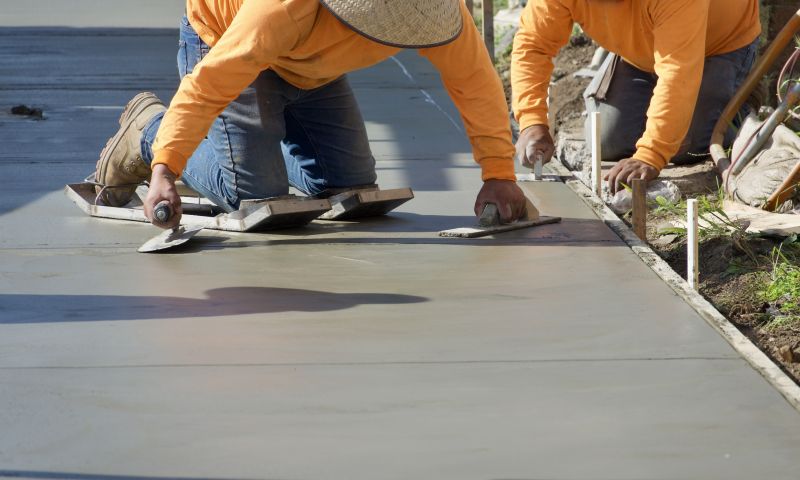
Ways to make Concrete Repairs work in tight or awkward layouts.

Popular materials for Concrete Repairs and why they hold up over time.
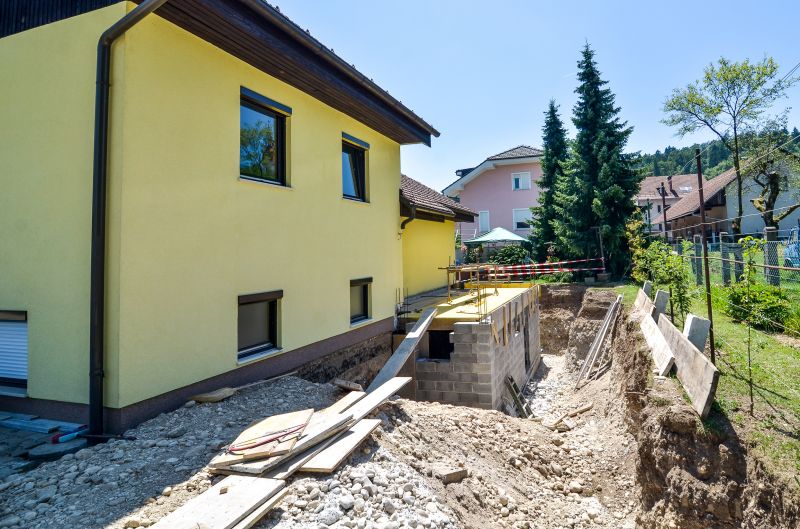
Simple add-ons that improve Concrete Repairs without blowing the budget.
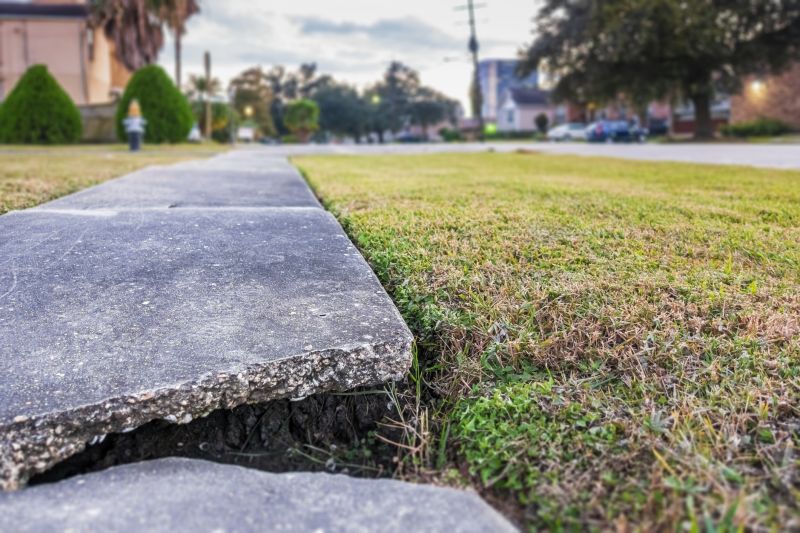
High-end options that actually feel worth it for Concrete Repairs.
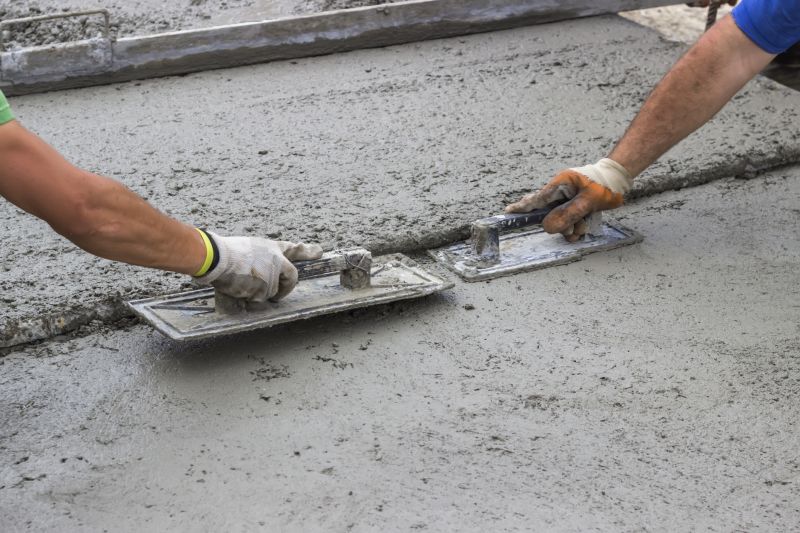
Finishes and colors that play nicely with Concrete Repairs.
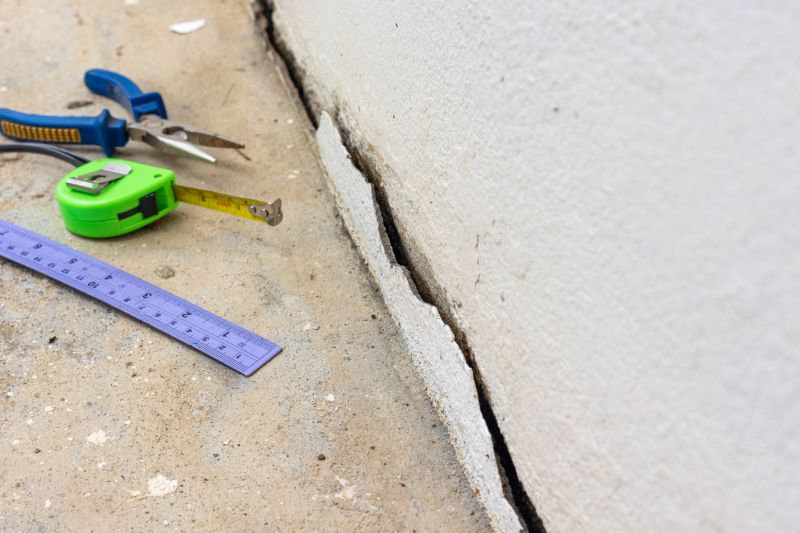
Little measurements that prevent headaches on Concrete Repairs day.

A 60-second routine that keeps Concrete Repairs looking new.

A frequent mistake in Concrete Repairs and how to dodge it.
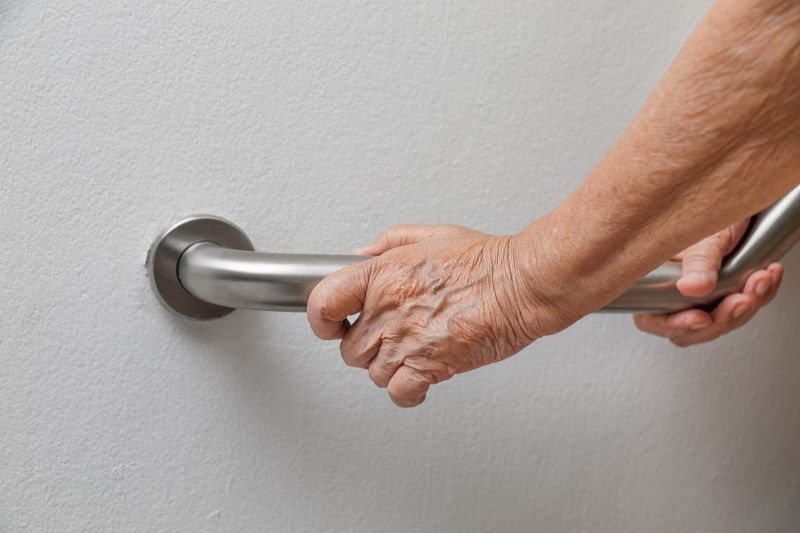
Small tweaks to make Concrete Repairs safer and easier to use.
| Season | Recommended Conditions |
|---|---|
| Spring | Moderate temperatures, low humidity, no rain |
| Summer | Early mornings, avoid peak heat, ensure proper hydration |
| Fall | Cool, stable weather, no frost |
| Winter | Not recommended unless heated enclosures are used |
Concrete repairs involve restoring and strengthening existing concrete structures affected by cracking, spalling, or deterioration. Proper timing ensures the materials cure correctly, which is essential for durability. Weather conditions directly impact the curing process; high temperatures can cause rapid drying, leading to cracks, while cold temperatures hinder setting and bonding. Statistics indicate that repairs performed in optimal conditions can extend the lifespan of concrete structures by several years, reducing long-term maintenance costs.

Lower-waste or water-saving choices for Concrete Repairs.
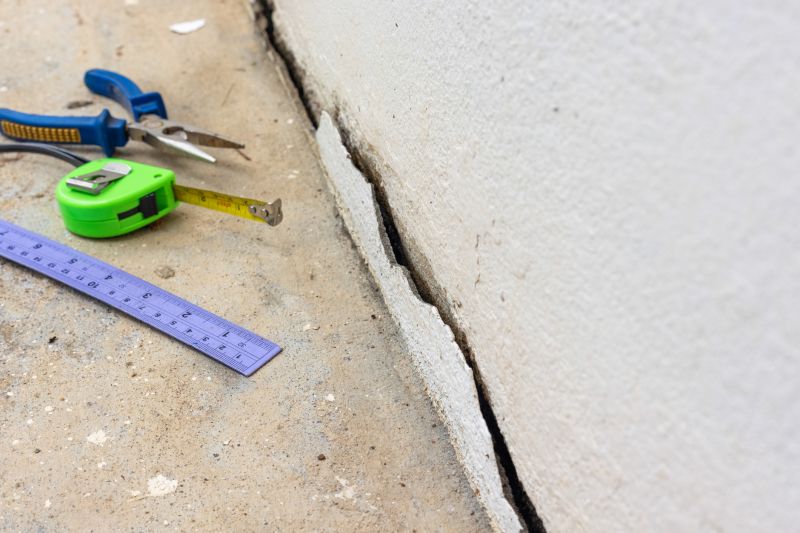
The short, realistic tool list for quality Concrete Repairs.
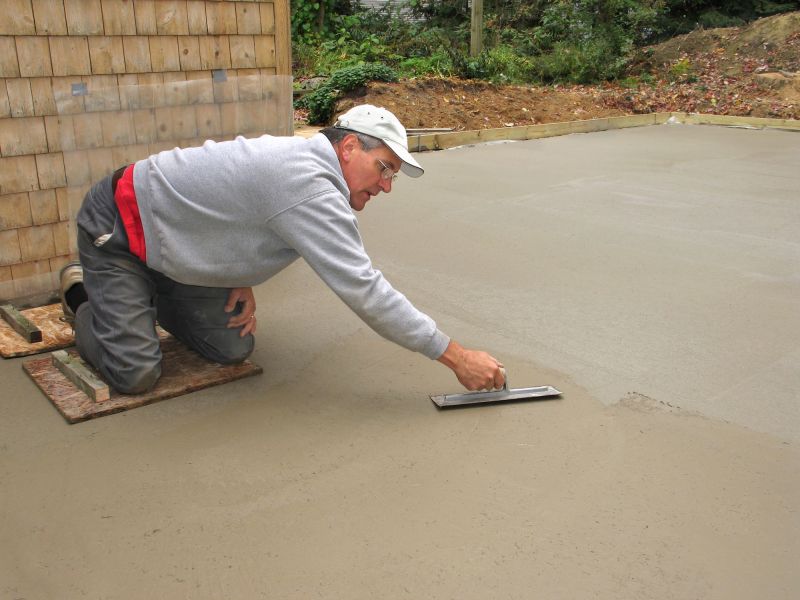
Rough timing from prep to clean-up for Concrete Repairs.
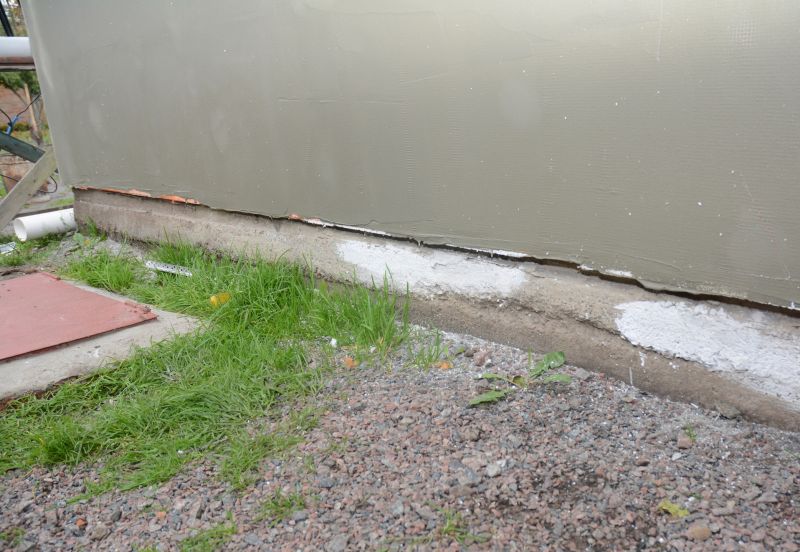
Quick checks and paperwork to keep after Concrete Repairs.

Examples that show the impact a good Concrete Repairs can make.
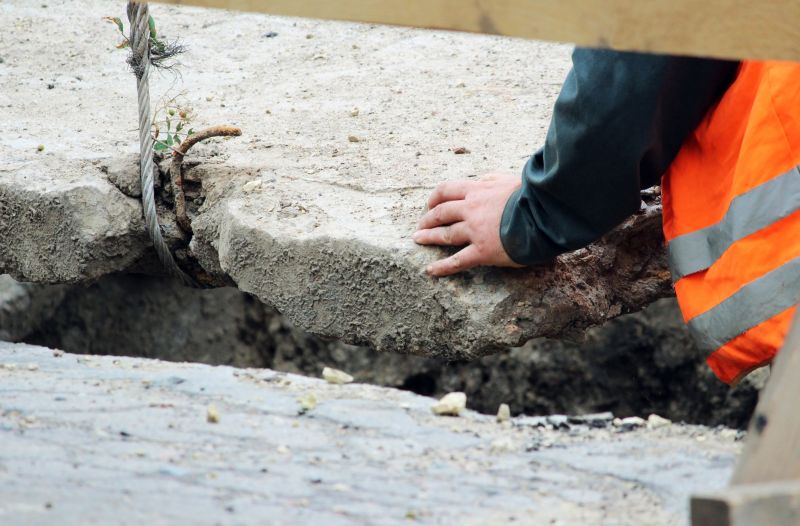
Ways to make Concrete Repairs work in tight or awkward layouts.
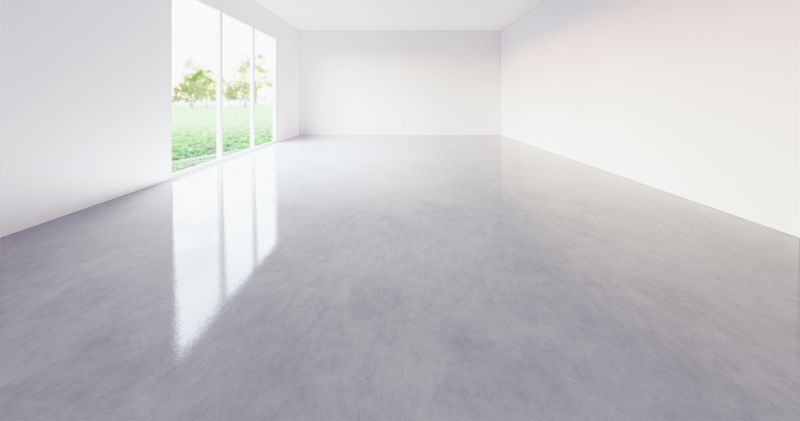
Ways to make Concrete Repairs work in tight or awkward layouts.
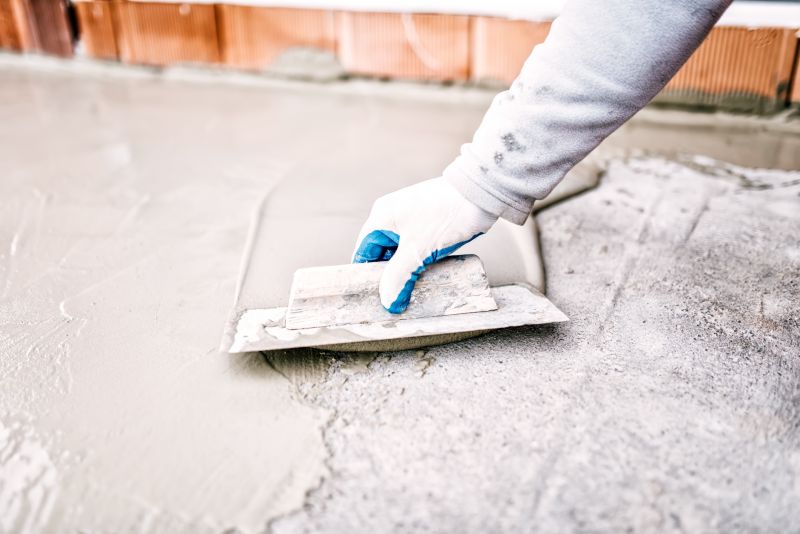
Ways to make Concrete Repairs work in tight or awkward layouts.
Timely concrete repairs are crucial for maintaining safety and structural integrity. Delayed repairs can lead to increased damage, higher repair costs, and potential safety hazards. Consulting with a concrete specialist ensures repairs are scheduled during the most suitable seasons for optimal results.
Identify cracks, spalling, or uneven surfaces to determine repair needs.
Select seasons with favorable weather conditions for effective repairs.
Clean surfaces thoroughly and prepare materials for application.
Allow adequate curing time under suitable weather conditions to ensure durability.
Interested in scheduling concrete repairs? Filling out the contact form can provide more information and assistance in planning repairs during the most appropriate season for durability and longevity.
